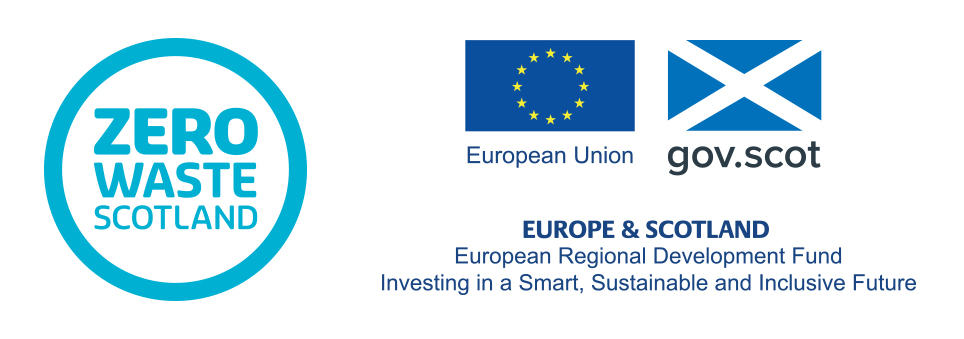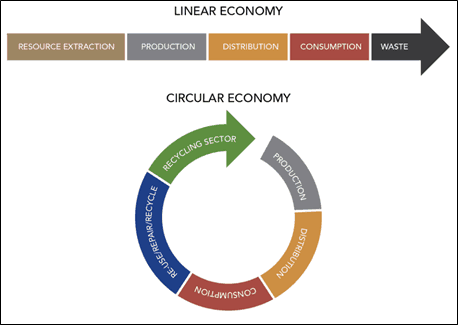Circular Economy
What is the circular economy?
Defining the circular economy
Businesses, industry and consumers working together to make things last.
It’s an all-encompassing approach to life and business where everything has value and nothing is wasted. In simple terms, it can be explained as “make, use, remake” as opposed to “make, use, dispose.”
The ultimate goal is to keep products and materials circulating in a high-value state of use for as long as possible and maximise resources.
This is achieved by designing products smartly with their whole life cycle in mind, re-using and repairing to extend their useful life, and then when their life is deemed over, re-manufacturing to create new products from old.
From Zero Waste Scotland
What is a circular economy, and why is it an important concept for business leaders to understand?
A circular economy is one in which the materials with which you produce products are maintained in a circular loop. It contrasts with our current economy which is more linear — what you would call a “throughput economy.”
In a throughput economy, you extract resources from an iron mine or a forest, and use them to make products. Those products are delivered to the customers, and when the customers are done with them, they dump them into the garbage.
By contrast, a circular economy is one in which the materials are maintained in a closed loop. When the customer is done with a product, instead of throwing it into the garbage, the product is recovered and its embedded materials become the inputs for the next round of new products. Instead of “cradle-to-grave,” it’s “cradle-to-cradle.”
From Berkeley
Although it’s been in development for decades, additive manufacturing (3D printing) is now poised to disrupt the traditional manufacturing model in a major way. In keeping with recent trends in decentralisation, the technology promises to enable consumers to print most products locally and on-demand. But perhaps most importantly, additive manufacturing technology is uniquely capable of promoting environmentally sustainable product life cycles, an essential aspect of the “circular economy.”
The circular economy aims to radically improve resource efficiency by eliminating the concept of waste and leading to a shift away from the linear take-make-waste model.
Early studies indicate Additive Manufacturing holds substantial promise for sustainability and the creation of a Circular economy.

